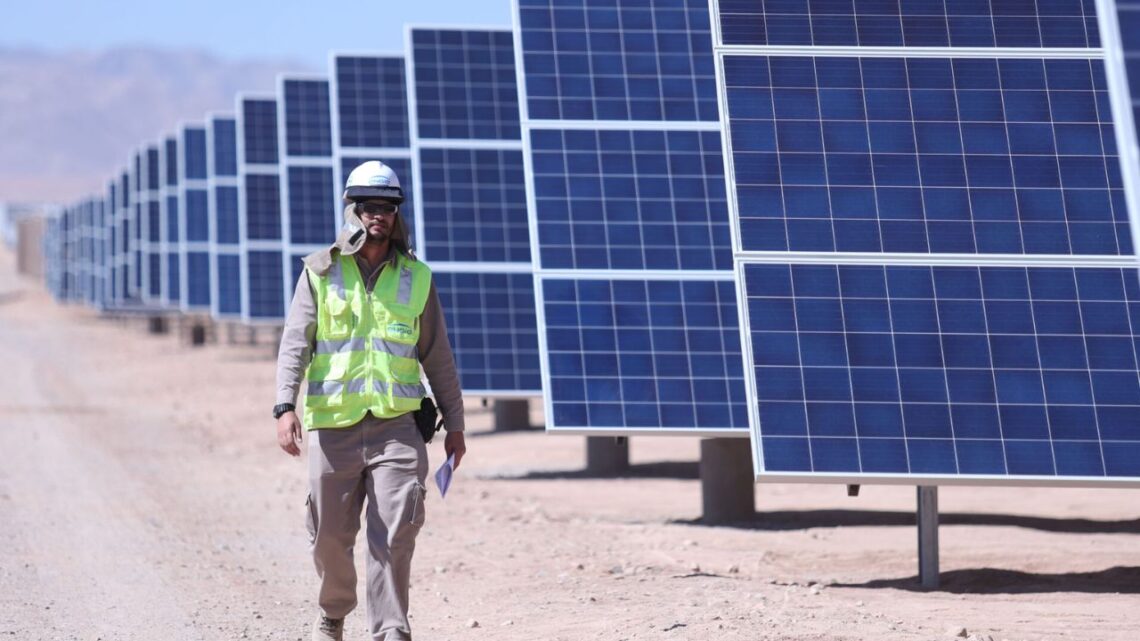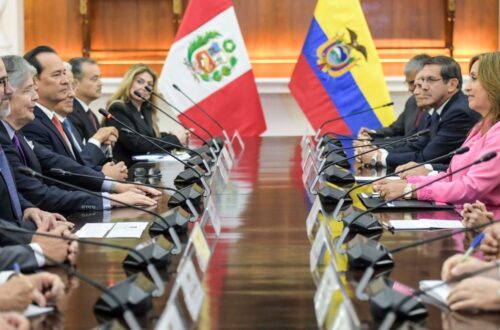Peru is moving toward a cleaner future—and the roadmap is not small. New planning estimates suggest the country will need around US$67 billion by 2050 to complete its energy transition.
That money will go into renewables, transmission lines, energy storage, clean transport, and efficiency so homes, cities, and Peru’s mining sector get reliable, affordable, low-carbon power.
Below is a simple breakdown of what’s included, why it matters, and how it could roll out over the next 25 years.
Why The Price Tag Matters
Peru’s power system still leans on hydropower and natural gas, with growing demand from households and heavy industry.
To keep bills stable while cutting emissions, the country must add solar and wind fast, extend transmission to resource-rich regions, and install battery storage to keep supply steady after sunset and during calm winds.
Clear policy, bankable contracts, and steady auctions can turn that US$67bn into real assets that strengthen the grid and the economy.
What The Money Could Fund
Think of the transition in five buckets:
- Utility-Scale Renewables: More solar in the south and wind along high-resource corridors to diversify beyond hydro and gas.
- Transmission & Substations: New high-voltage lines and digital controls to move clean power to cities and mining hubs.
- Energy Storage & Operations: Battery projects, forecasting, and grid software to balance variable generation.
- Clean Transport & Charging: Early EV charging corridors for public fleets, buses, and logistics.
- Efficiency & Industry: Upgrades in mining, cement, and manufacturing to lower energy use per unit of output.
How It Could Roll Out (2025–2050)
| Area / Phase | 2025–2030 (Build Fast) | 2030–2040 (Scale & Integrate) | 2040–2050 (Finish & Optimize) | Approx. Share Of Spend* |
|---|---|---|---|---|
| Renewables (Solar/Wind) | 3–5 GW added | 5–7 GW added | 2–4 GW added | 35–40% |
| Transmission & Substations | Priority backbone lines | Regional interties & congestion relief | Reinforcement & resilience | 25–30% |
| Energy Storage & System Tools | First utility batteries; forecasting | Multi-hour batteries; market services | Long-duration pilots | 10–15% |
| Clean Transport & Charging | Pilot corridors & depots | Wider charging networks | Mainstream electrification | 8–12% |
| Efficiency & Industry | Quick wins in mining & industry | Deeper retrofits, heat electrification | Best-in-class operations | 8–12% |
*Illustrative shares within US$67bn total.
Who Pays—And How
- Private Developers: Build solar/wind and storage backed by long-term PPAs (power purchase agreements), especially with large offtakers such as mines.
- Public Investment: Targeted transmission and strategic nodes where private returns are lower but national benefits are high.
- Multilateral Finance & Green Bonds: Lower the cost of capital, de-risk early projects, and attract institutional investors.
- Corporate Decarbonization: Miners and exporters sign renewable PPAs, anchor new projects, and support grid upgrades near operations.
Risks To Watch (And Fixes)
- Policy Uncertainty: Investors need clear auction calendars, predictable interconnection queues, and fair curtailment rules.
- Permitting Delays: Streamline land, environmental, and cultural approvals while ensuring strong community consultation.
- Grid Bottlenecks: Build lines and substations in parallel with new solar/wind to avoid congestion and low captured prices.
- Reliability Concerns: Pair growth of renewables with batteries, ancillary services, and better forecasting to deliver 24/7 power.
- Financing Costs: Stable policy + credit enhancements = lower tariffs for consumers and industry.
What Success Looks Like By 2050
- A balanced mix with more solar and wind, supported by hydro flexibility and batteries.
- Strong backbone transmission connecting high-resource zones to demand centers.
- Competitive electricity prices for households and export-driven industries.
- Lower emissions and healthier air quality in cities and industrial corridors.
- Thousands of quality jobs across construction, operations, and local supply chains.
Peru’s US$67 billion energy transition is a bold, nation-shaping investment. With renewables, grid, and storage moving in sync—and financed through smart PPAs, selective public spending, and multilateral support—the country can unlock clean, reliable, and affordable electricity for decades.
The next step is discipline: set a steady auction rhythm, fast-track key transmission corridors, and deliver bankable, community-aligned projects. Done right, Peru will power growth, protect competitiveness, and lead the Andean region in clean energy.









